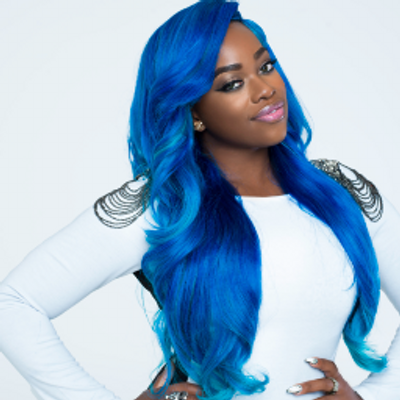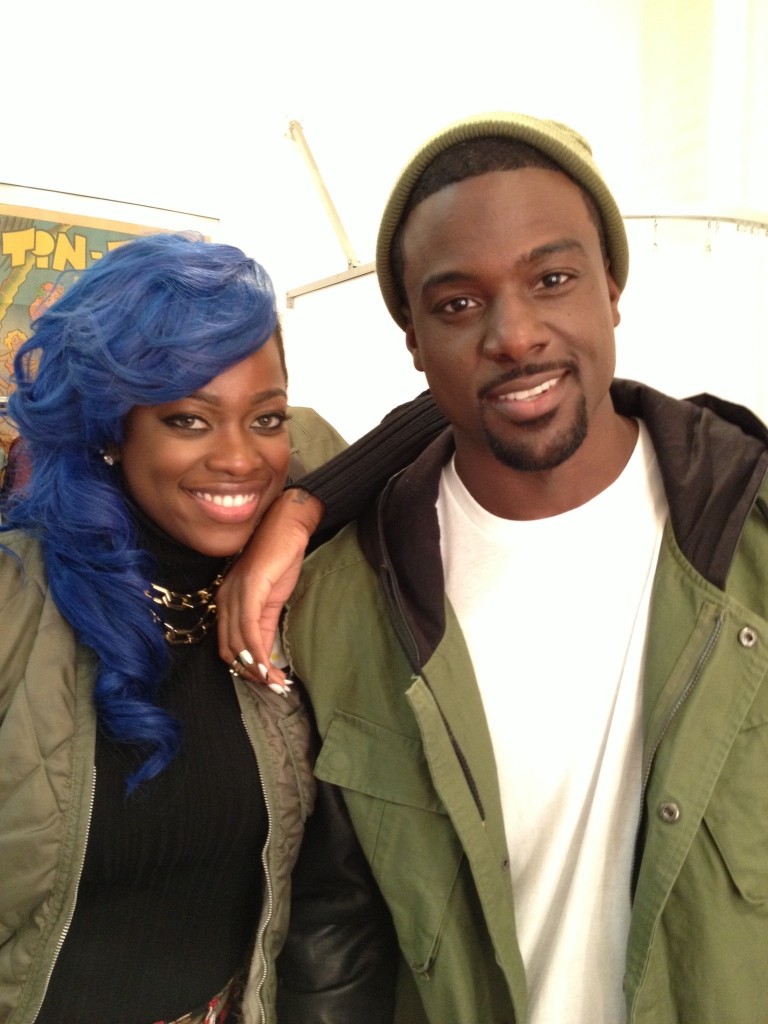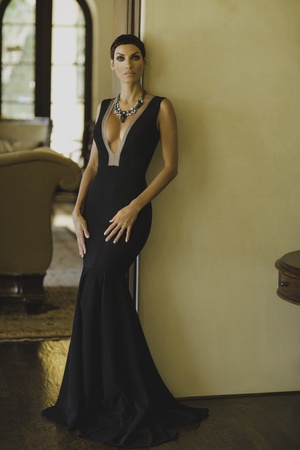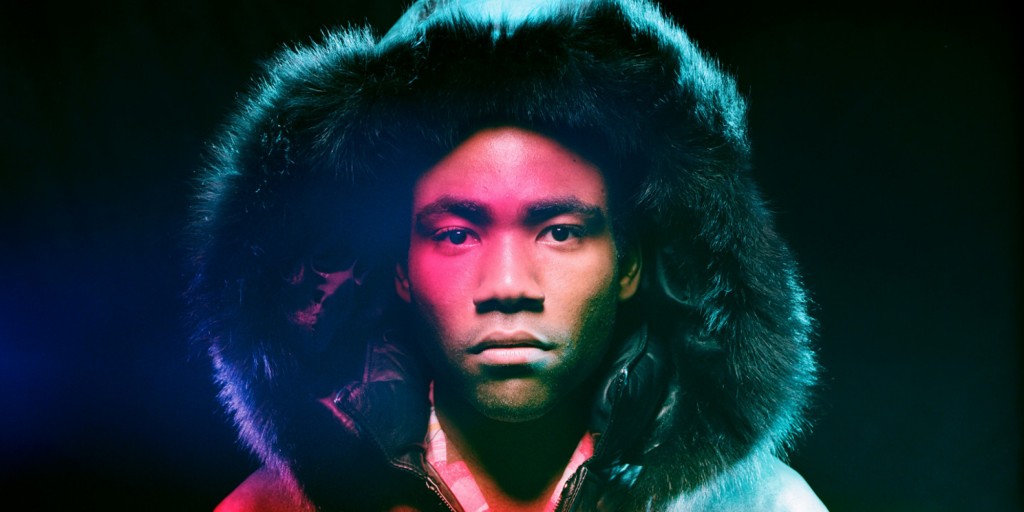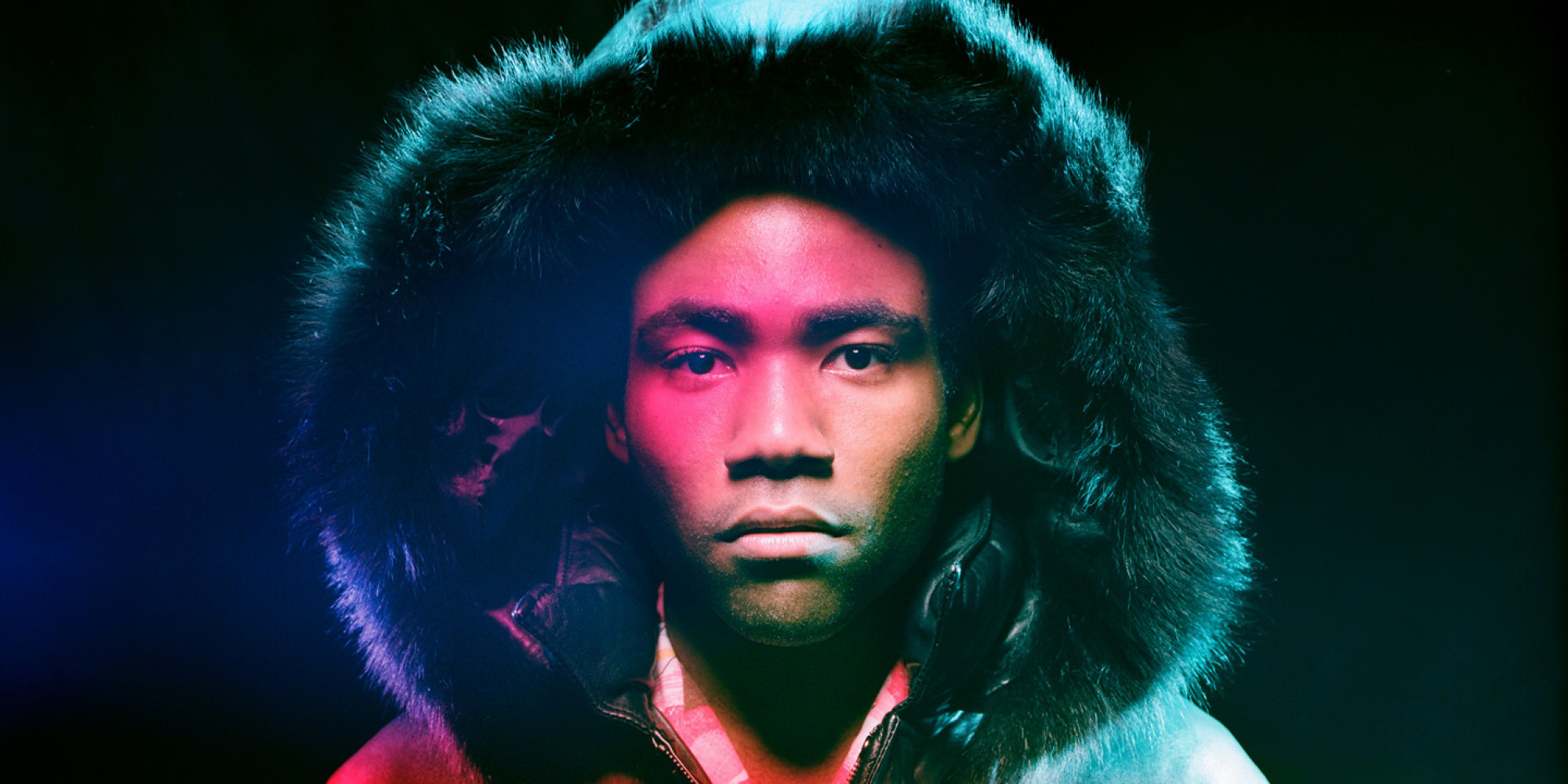
Happy Hump Day POU!
Today’s featured stylist taught me quite a bit I didn’t know about the industry in terms of “currencies”. Who knew?
The following profile, is part of the BlackEnterprise.com Cool Jobs series. Interview by Daron Pressley.
Olori Swank, one of entertainment’s most sought-after stylists, has been successfully building her brand and business while keeping big name clients red carpet-ready. Her celebrity roster includes T.I., Lance Gross, Keyshia Cole, Teyana Taylor, Nicole Murphy, Childish Gambino—all who trust the woman with the signature blue hair to style them for events, photo shoots and awards shows.
However, Swank’s path to her current endeavors was not a straight one. After studying psychology, biology and pre-med with a minor in chemistry, she decided to take a year off before entering medical school. It was during that break that the University of Georgia alumna stumbled into a styling job for Asia Cruise, a newly signed artist to Jive Records.
She recalls how it all began, “I had just graduated from UGA. I decided to take a year break before attending medical school. In that off year, I met Mickey “MeMpHiTz” Wright, Jr., (the V.P of A&R at Jive Records at the time), who became something like a big brother and mentor to me. One day he says: ‘Hey Olori, I just signed this new artist to Jive. I want you to style her.’ My immediate reply was: ‘I don’t do hair.’ He replied: ‘I’m not talking about hair. I’m talking about her wardrobe. Just dress her like how you dress.’” She agreed and literally an hour later the accounting department of the label, (Sony Music Entertainment – formerly Sony BMG), was calling and asking for all kinds of things she had no clue about. They wanted her Tax ID, EIN number, an account number, and routing numbers to wire a budget. They wanted invoices and a bunch of other particulars. She literally had to figure out the business side of styling as she went along. “I wasn’t privileged enough to intern or assist anyone. It was like taking an independent study course in the fashion styling business, and my instructor was life,” she shares. Nothing beats on the job training, for Olori Swank being thrown in the unknown world of styling allowed her to quickly rise to the top.
Becoming a fashion stylist was never something that she looked at as a career choice, but, as they say, the rest is history.
I got the chance to speak with her about building her brand as a young stylist in a saturated market and creating a long-lasting imprint on the fashion and entertainment industries.
Where does the creative inspiration to style a client start?
It always begins with research. Before I ever meet a client, I want to know all about them, from old press, red carpet photos, movies and appearances. Written and mental notes are taken on what fit and styles have worked for the client.
When I meet them, I ask a lot of probing questions like, “What’s your favorite part of your body?” or “What colors do you like?” or “Why did you choose to work with me?” Getting to know them helps me to get it right every single time. If I know that you hate the color black, I’m not going to bring you black—at least not initially. You have to build buy viagra by phone that trust and rapport. Nothing makes a client feel more comfortable than when you ask them about their needs as opposed to shoving your ideas down their throats.
Clothes come from everywhere: department stores, designers, showrooms I have built relationships with and thrift stores. I’ve had clients wear $10,000 shoes that we’ve paired with a shirt we found at Target. Wherever we can find what we need is where we source pieces.
I try to find beauty in everything. Keep your eyes open and draw from your everyday experiences and surroundings.
What types of currencies do stylists shop with?
Commercial budget: This is where the client is paying you and you use this money to pull clothes.
Pull letter, or a letter of responsibility: This type of currency is where a magazine writes a letter vouching on your behalf stating that you are styling for the cover of a particular magazine for a specific issue. This letter can be presented to showrooms and designers. With a letter of responsibility most showrooms and designers will lend you pieces to work with as long as it aligns with their brand.
Shopping with a hope and a prayer: This is usually where a lot of new stylist fall into. You are reaching out to people, calling in favors, and calling friends who are really fashionable to borrow pieces. You are doing whatever you have to do to get the job done. When you are shopping with a hope and a prayer you are not going to be shopping for a huge celebrity because they usually have budgets. A hope and a prayer is really a hope and a prayer, along with cultivating relationships early because you are going to need them.
What major challenges have you faced in your career as a young stylist and how to work to overcome those challenges?
I was this new stylist with no formal training, and no experience under my belt that was thrown to the wolves to figure it out. I was scared to do something wrong, to answer a question wrong or to go about the procedure wrong. Being so used to education and the kind of structure that it brings, that lack of a formal education in fashion caused me to doubt myself.
I began to look at styling like [this]: You can look at an equation and solve it a million different ways but still get the same answer. So that’s how I approached styling people and my business model in general. I don’t have to do it the way everyone else is doing it, but as long as I get the answer right and my client is happy, then the equation is complete.
What key advice do you have for other young professionals seeking to succeed in the industry?
Be financially responsible. Be accountable to your finances, and live below your means. Manage the money that you have and understanding your spend. Ask yourself. ‘Will this purchase provide a return for me?’ Believe it to not, I live my life like I am broke. It scares me to spend large amounts of money. Fashion is a very glamorous entertainment, which makes it very easy to get caught up in spending large sums of money to look a certain way. Regardless of how much money you are making develop a budget and manage your finances.

